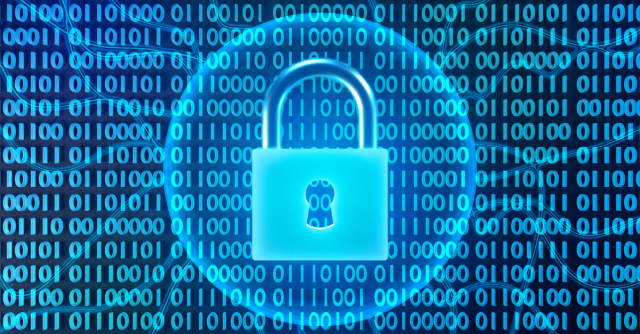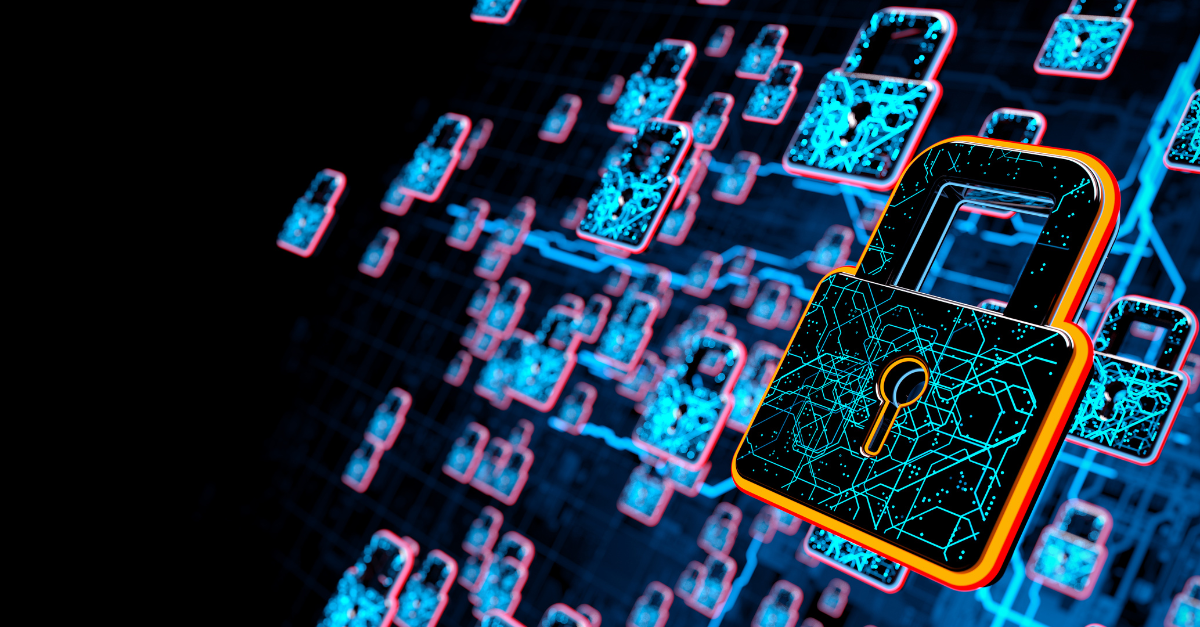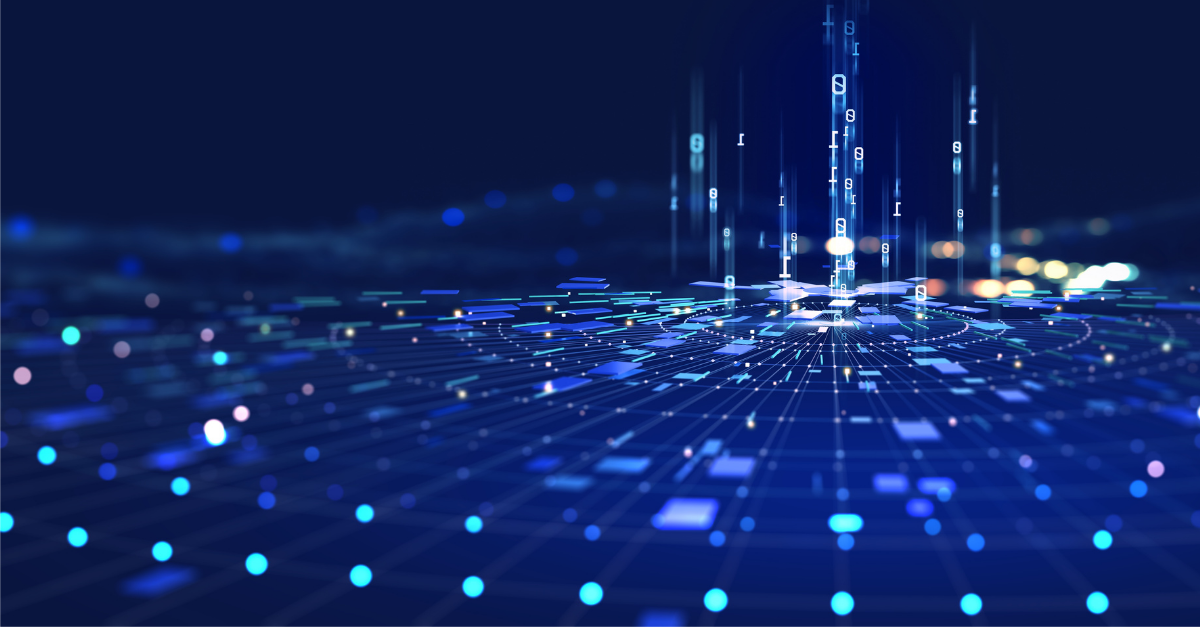3 strategic moves to counter ransomware threats
Digital threats are ever evolving, and ransomware is a critical concern for organizations worldwide. This malicious software can hijack your most valuable asset—your data—and hold it ransom, leaving you in a precarious position without any assurance that payment will restore access.

To fortify your defenses against such attacks, here are three pivotal strategies:
1. Robust security infrastructure
Modern-day security demands go beyond firewalls and antivirus software. Implementing a centralized logging server is foundational, but the optimal setup includes a Security Information and Event Management (SIEM) system. Equally vital is the consistent application of patches to your systems—procrastination isn’t an option. If internal resources are constrained, partner with a managed services provider to maintain the integrity of your systems. The stakes are too high for inaction.
The advent of zero-trust architecture marked a paradigm shift in how organizations approach cybersecurity. Unlike traditional security models that rely on a perimeter-based defense, zero trust operates under the principle of "never trust, always verify," treating every access request as a potential threat, regardless of its origin. This approach minimizes the attack surface and reduces the likelihood of unauthorized access.
Furthermore, the integration of Artificial Intelligence (AI) and Machine Learning (ML) into cybersecurity frameworks is revolutionizing threat detection and response. MarketsandMarkets reports the use of AI in cybersecurity is set to become a $38.2 billion industry by 2026, emphasizing its growing role in preemptive threat detection. AI-driven systems can analyze vast amounts of data at an unprecedented pace, identifying patterns indicative of ransomware and other cyber threats before they inflict damage. These systems learn from every interaction, continuously improving their predictive capabilities—just one point in the evolution of data security and AI.
The significance of Endpoint Detection and Response (EDR) and Cloud Workload Protection Platforms (CWPP) cannot be overstated. EDR solutions provide real-time monitoring and threat response for endpoints, offering an essential layer of security in a landscape where remote work has blurred traditional network boundaries. Meanwhile, CWPPs protect workloads across diverse environments, from on-premises servers to multiple cloud platforms, ensuring comprehensive coverage against attacks. Learn more about cloud workload security here.
2. Disaster recovery planning:
Traditional images of disasters—like natural catastrophes—are only one piece of the puzzle. A cyber breach is a disaster of another kind. Utilize contemporary solutions that enable swift restoration of your systems to pre-breach status. Though you may not initially detect when the malware is executed, with the right tools and expertise, you can rewind to a safer point in time.
The concept of disaster recovery has expanded beyond mere data restoration. Immutable backups represent a groundbreaking advancement in this domain. By ensuring that backup data cannot be altered or deleted for a predetermined period, organizations can safeguard their critical data against ransomware attacks designed to compromise backup integrity.
Cloud-based disaster recovery solutions offer scalability and flexibility, enabling organizations to tailor their DR strategies to specific needs while optimizing costs. The ability to perform frequent and realistic testing ensures preparedness for any eventuality. DRaaS emerges as a compelling option for organizations seeking to enhance their disaster recovery capabilities without the overhead of managing complex DR infrastructure. It provides a streamlined, cost-effective solution for maintaining business continuity, even in the face of disruptive cyber incidents.
3. Incident Response Preparedness
Like a well-advised insurance policy, having an incident response and forensics team on retainer is indispensable. Such experts can intervene within moments of an attack, offering immediate and informed guidance. A reputable team will not only aid in crisis management but also conduct thorough analyses to identify breach timelines, security gaps, and subsequent action plans. Pre-established relationships with experts can significantly mitigate post-breach turmoil and costs while providing a foundation for ongoing security and recovery preparations.
The scope of incident response has broadened to encompass not only immediate technical responses but also strategic organizational preparedness. A key component of this preparedness is employee training and awareness. Educating staff about the latest phishing tactics and the importance of security best practices is crucial in building a human firewall against cyber threats.
Simulation exercises play a vital role in preparing incident response teams for a wide range of scenarios. These exercises enhance decision-making speed and effectiveness under pressure, ensuring teams are well-equipped to handle real-world incidents.
A holistic cyber incident response plan encompasses technical measures, communication strategies, and recovery processes. It outlines clear roles and responsibilities, ensuring a coordinated response to minimize impact and downtime. Effective communication strategies are essential in managing stakeholder expectations and maintaining trust during and after a cyber incident.
“You know, it’s something that at the end of the day, it’s the human. You have to make sure that you’re not just doing security awareness training on an annual basis to go meet some compliance requirement, that you’re really creating a culture around security first and a security mindset all the way to the CEO level. And that certainly is with us the case.”
—Jason Carolan, CINO, Flexential
Conclusion
In conclusion, the fight against ransomware requires a multi-faceted approach that integrates advanced technologies, comprehensive planning, and organizational resilience. By adhering to these three principles, staying abreast of the latest developments in cybersecurity, and fostering a culture of continuous improvement, organizations can not only withstand the current threat landscape but also anticipate and neutralize emerging risks.
Want to learn more about data protection?
Register for our webinar, “Mastering data protection: Insights for implementing the right data protection strategy for your workloads.” Join us to transform your approach to data protection and get ahead of potential disasters while managing costs.







